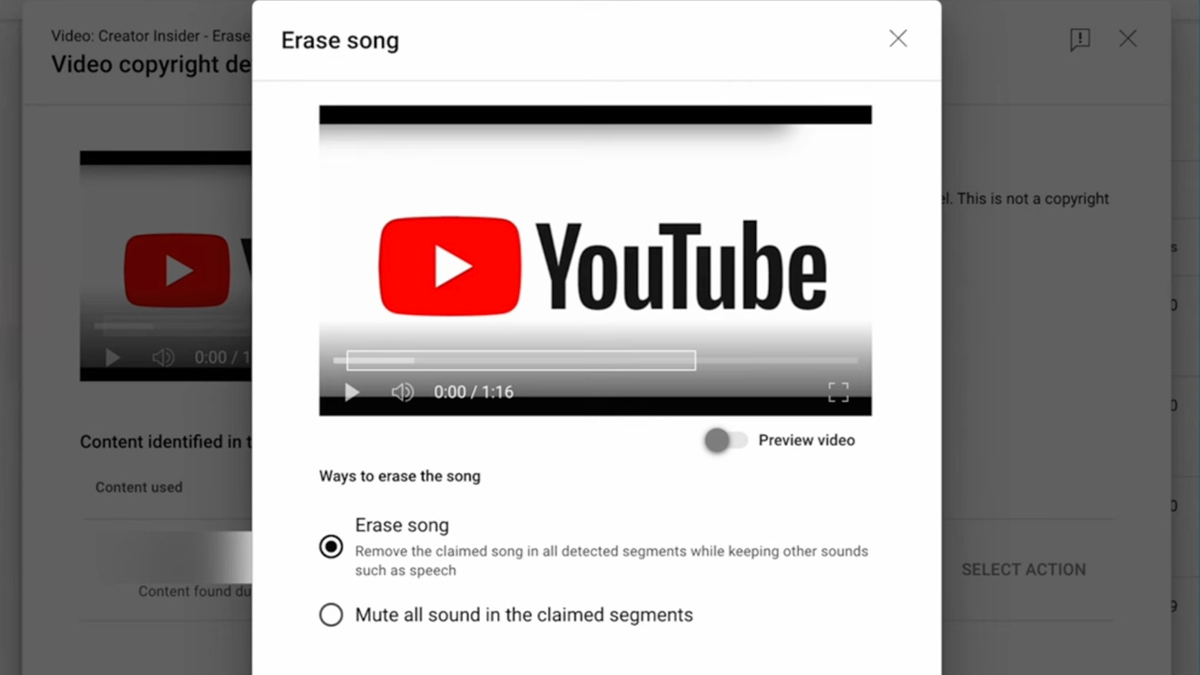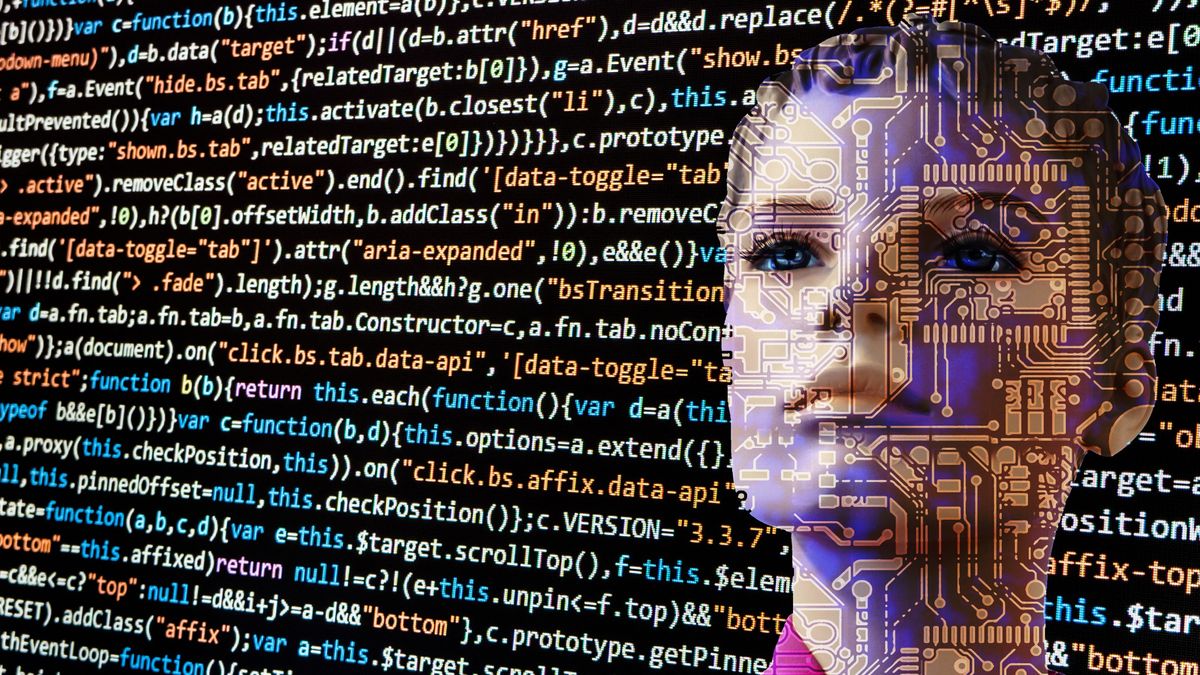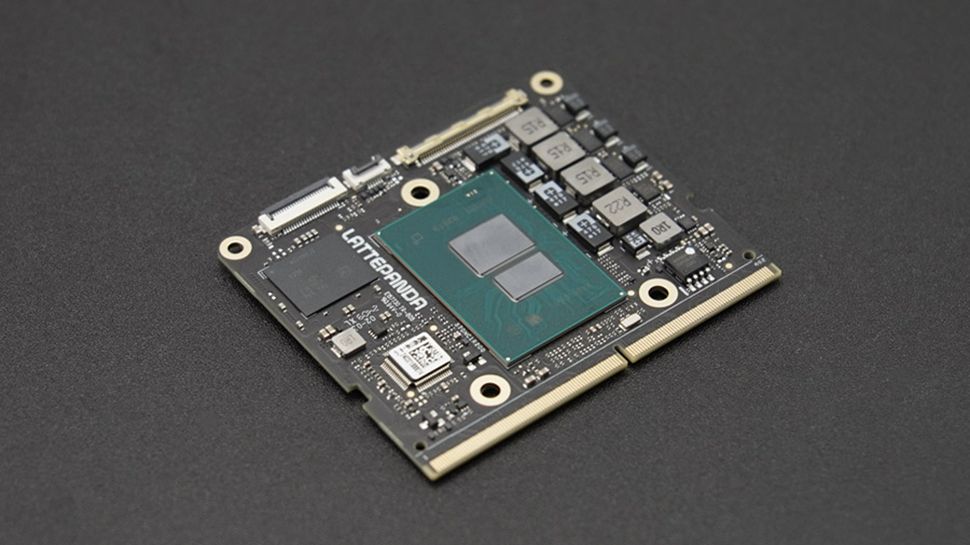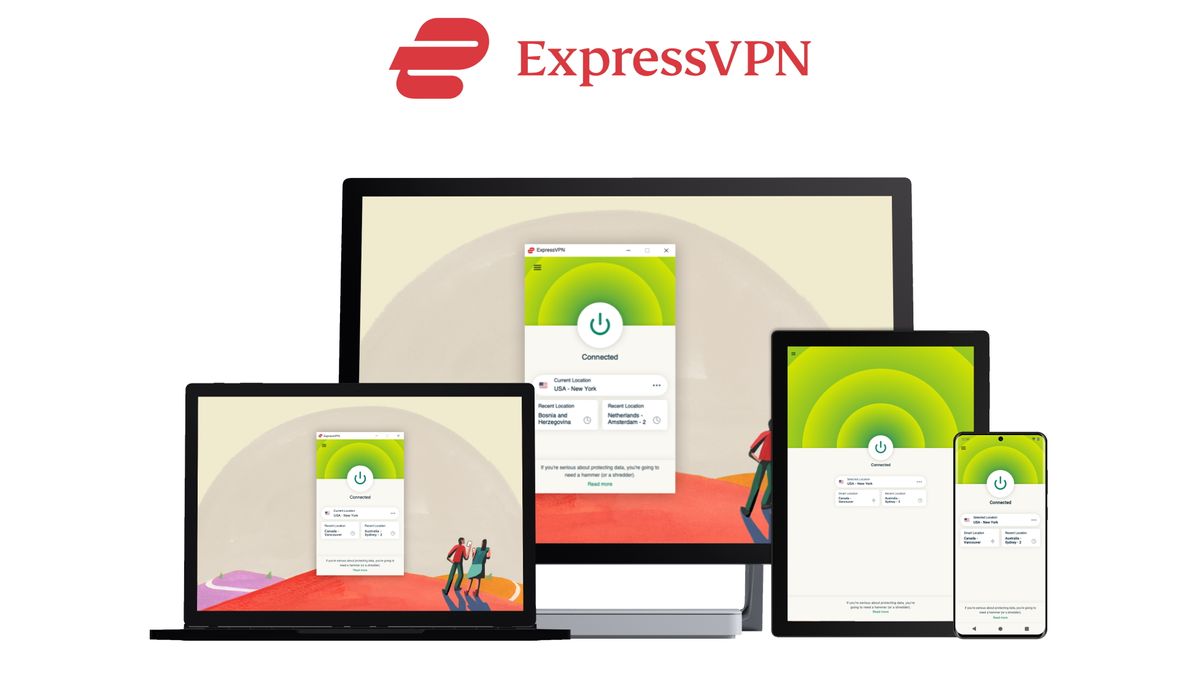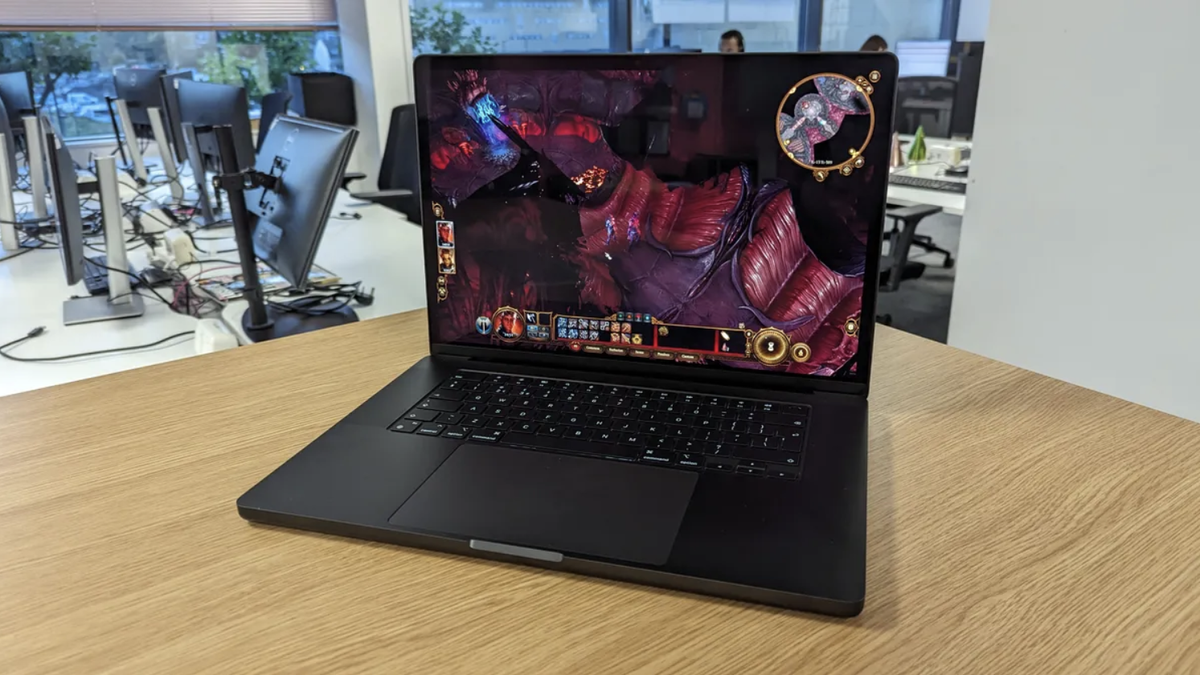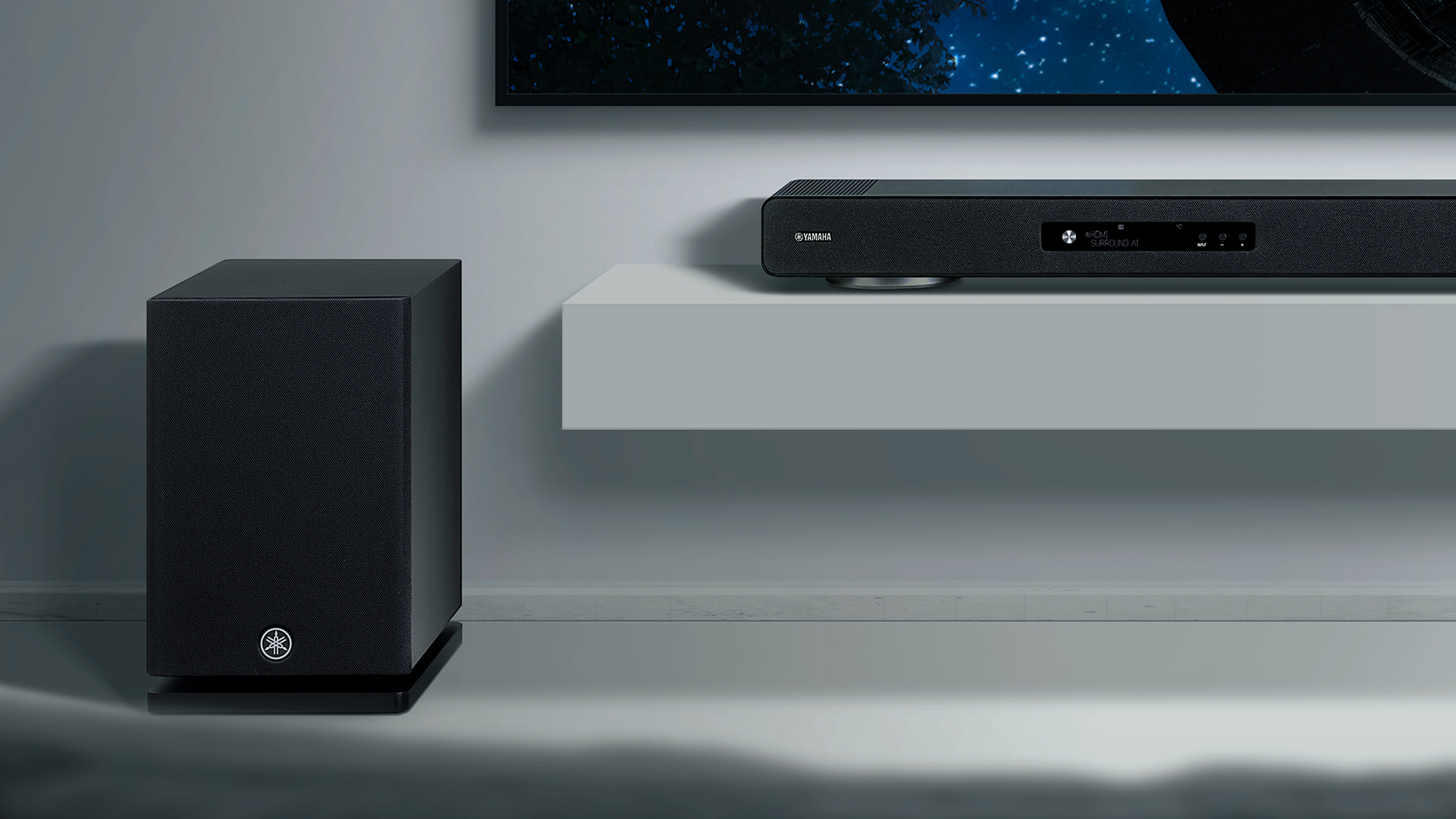YouTube is turning to artificial intelligence to try to appease song copyright holders while also making life a little easier for those who upload videos featuring songs they don't have permission to use.
Instead of simply deleting a video with copyrighted audio that doesn't belong to the uploader, you can use a new AI tool to remove the protected song without erasing the rest of the video's audio track.
When a video receives a copyright claim for music content, YouTube will now offer several editing options in YouTube Studio to make it easier to clear the claim. These options include “Trim,” “Mute,” “Replace Song,” and the newly improved “Delete Song.”
The improved AI-powered song removal tool makes it possible to identify and remove copyrighted content from music videos with relative accuracy. Previously, creators had limited options, such as muting the entire video or replacing the song, which often disrupted the overall viewing experience. The song removal tool is the latest in the perennial struggle between creators and copyright holders to deal with copyright infringement notices, commonly known as copy strikes on YouTube.
The song deletion feature has been in beta testing, but this broader rollout adds the option to the “Video Copyright” summary page within YouTube Studio. It provides two main options for creators facing copyright claims: “Delete song” and “Mute all sound.”
Good news for creators: our updated Remove Song tool helps you easily remove copyrighted music from your video (while leaving the rest of the audio intact). Learn more… https://t.co/KeWIw3RFeHJuly 3, 2024
AI Protection
This feature may not seem like a big deal to casual YouTube creators, but it’s especially important for those who rely on monetization through the YouTube Partner Program (YPP). By addressing copyright claims more efficiently, creators can ensure their videos remain active and monetizable, safeguarding their revenue streams.
As YouTube continues to face challenges around copyright enforcement, exacerbated by AI, these types of capabilities will be a boon for both copyright holders and video creators. For example, YouTube will now remove users’ deepfakes upon request.
YouTube has even hinted at further improvements and features that use AI to create and share content without the threat of copyright claims.
You may also like

